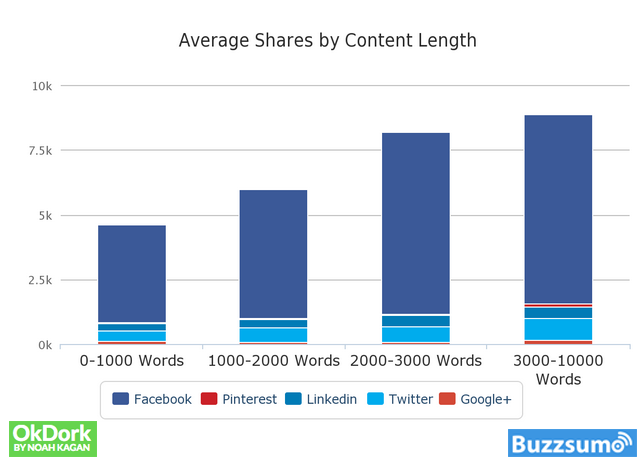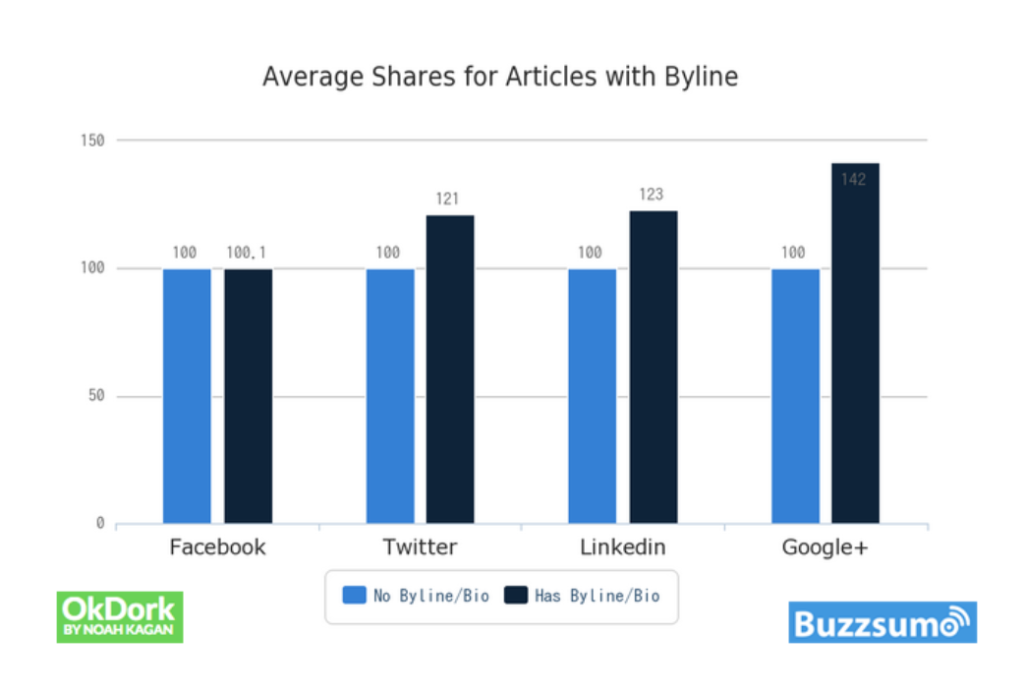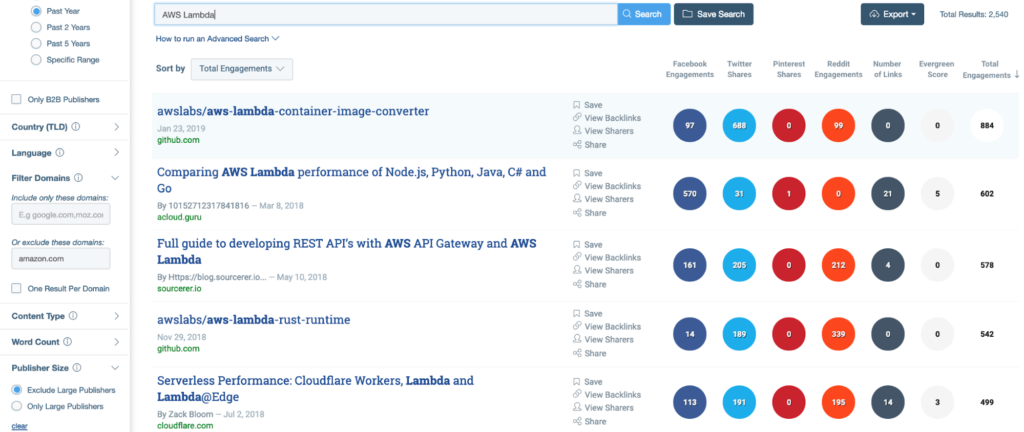Back in 2017, John Collins, Director of Content at Intercom hit the nail on the head in terms of the need for dropping the “marketing” from content marketing and focusing instead on creating valuable content.
While I agree with this, I want to suggest there’s an additional important component: creating a proper long-term plan to deliver such content. Coming up with a single brilliant white paper or three engaging blog posts isn’t going to deliver the desired results (consistent and reliable growth along all your online marketing KPIs.) However, committing to a strict plan and a long-term editorial calendar with quarterly goals and an annual investment will.
Recently, PwC’s 2018 Global Consumer Insights Survey highlighted the need for brands to prioritize trust and authenticity.
“Brands have to think about what’s the way for them to engage so that they come off as being authentic and caring.” Rick Kauffield, Principal, PwC US
Of course, that speaks to the need for meaningful, high-quality content, as Collins assessed, but without consistency, how will your audience (aka your customers) be able to ongoingly rely on your brand? With the right plan in place and an internal commitment to maintaining it, your organization can project these values and connect to users who will become long-term customers.
But how do you go about creating a great long-term content plan? Here are some tips to consider. All are critical even though they are in numerical order.
1. Long and Rich Content Is King
According to a recent analysis by BuzzSumo, content should be 1,000+ words to be considered long-form. As shown in the graph below, an analysis of over 100 million articles revealed that long-form content tends to get more social shares than short-form content.

This is more significant when it comes to covering technology, since valuable content is often long, as it requires a description of the environment (such as the base concepts and perceptions). Then it delves into the challenges and solutions, often the core value of a tech blog post.
However, despite some recognition in the marketing community of the benefit of long-form content, there’s still continued resistance and a preference for short and sweet campaigns as well as marketing hacks. Unfortunately, this preference can harm a brand badly.
Marketing departments focused on churning out clickbait end up seeing their posts questioned on social media, or worse, ridiculed by exactly the audience they want to reach. Additionally, without experienced colleagues on hand to immediately and effectively reply to any negative comments posted, those same marketing professionals may end up with a disaster on their hands.
So, think analyses, opinions, guides—anything that allows your reader to delve deeper into a specific topic and achieve their goal, not yours. You don’t just have to stick to the written word. Think infographics, videos; think podcasts; think interactive.
One important note here is that efficient content production is an important part of editorial planning. Repurposing material is one way to quickly supply additional rich content — for instance, creating infographics or webinars from a single white paper.
2. Make Yours an Expert-Based Plan
So you’re a B2B tech marketing manager, responsible for content at a growing start-up and you want to start a blog or scale up your current blog. Whether your topics focus on how to deploy an SQL database on AWS or how to run a data warehouse on top of Redshift or how to deploy Kubernetes, it is unlikely that you know a marketing writer who understands the topic well enough to bring the real-world examples that will interest the DevOps professionals or sysadmins you are targeting.
We believe in integrating experts from the get-go and often incorporate their expertise into the planning stage. Here are some considerations for including experts in your long-term planning.
- Source the Knowledge: Build a process to source expert knowledge as efficiently as possible. Start with one-on-one brainstorming sessions to glean genuine opinions on everything from audience and competition to content format and timing—the nuts and bolts of your plan.
- Hire your Target Audience: Bring in someone who has hands-on experience to help you research and come up with a meaningful content plan. Strive to bring in a contributor who is also your target audience. Customers are not only valuable as people who love your brand and product; they can also have critical input on your potential topics list since they’ve experienced the challenges you solve firsthand.
- Don’t Forget the Byline: Yes, it is important to plan in advance who will be the byline on all of your content. First, as you can see below, articles with a byline get more shares; second, from an SEO perspective, “Google doesn’t think your company is an author.” Consider, too, that the experts you hired to create your content are able to be the bylined authors and if so, will naturally collaborate with you to defend their views and content if someone out there says “nonsense” to their article.

Thanks to OkDork for this chart.
3. Analyze the Competition
In addition to releasing the creativity of your internal and external contributors (experts, customers), you have to check out what your target audience has already voted for. That means analyzing the competition’s content performance, researching their blog content, and taking note of what works and doesn’t. BuzzSumo can help you do this, as it shows pages that have been most shared on social media.

You should also look at magazines in your space, as well as videos and social media. This last has become increasingly important, as people today can easily post questions and issues in the social sphere. Don’t make the mistake of many marketers who do not monitor or listen to their audience and rely mostly on their own internal ideas and topics. Strive for content that can really answer the concerns of the individual you aim to reach.
4. What Comes First: SEO or Authenticity?
Every content strategist will say that a good content plan also includes the channels through which different content assets will be distributed and that one of the most important channels is Google search.
Your content, no matter how valuable, means nothing until you get it out there. Social media sharing may be on the rise in the world of tech, but 60-70% of organic, stable (non-sponsored) traffic that results in real business still comes from Google search. Your targeted tech expert, as you also likely do, first goes to Google, then social media.
But when you plan, what comes first? The creative, authentic angle or the “technical SEO guidelines”? Do you want to connect with your readers or be able to brag that you produced a blog post ranking in the first 10 Google search results?
More and more, our clients are coming to us saying that they would rather put their budgets into an expert, long-form content instead of an SEO pro. Why? Because, as the Intercom article implies, SEO “hacks” are not performing the way they used to. But meaningful content in good quantities performs better and better, as long as you match the sophistication and personalization of the content with the sophisticated reader who wants content they—personally—can use.
We’ve seen jumps in traffic off of long-form content—with little SEO effort—that were 10x or even 20x a company’s normal traffic rate. SEO is important, but if you use an expert in the field to write the piece, many of the key terms surrounding a given product end up in a properly written piece anyway.
5. Are you a Marathon Runner? Patience Is a Virtue
Take a deep breath, and be patient.
When I came across that article by Intercom, I was intrigued because we see this all the time: Clients continuing to pursue marketing strategies that do not lead to long-term sales gains or brand awareness. And typically, the issue is one of patience. It can be tough to convince a business leader not to focus on immediately “making the sale.” But sales will come and with ease as a “side effect” of focusing on valuable content your audience needs.
Additionally, as mentioned, consistency is a must. This means committing to and investing in a clear timeline. Remember, we’re not going for a top-10 list to get a spike in traffic and leads. Drop the distractions and aim for purposeful content that positions your brand as the go-to provider of information in a given arena. IOD content strategists research and plan for a six-month cycle of content with a checkpoint every three months. This doesn’t mean you should not respond quickly and ride the wave of a specific event (such as a cloud outage or other trending topics). But typically, your plan should be focused on long-term content creation.
In the B2B world, your champions and buyers are looking for help, insights, and expert opinions. They need content that helps them make their products and services better. That means focusing on content over the long term, not quick marketing. And trust me, once you helped them “for free,” the next time they have a challenge, they will remember that you are a reliable authority they can turn to. This is where content-based conversion starts.
Summary
The B2B tech market is a pretty unforgiving place.
Take the necessary steps to make sure every word you put out there is genuine, purposeful, and geared towards engaging, teaching, and forming a long-term partnership with the right clients. This means creating not just good content, but a strategy to assess, create, and distribute content via an editorial calendar over the next 12 months.
Your potential buyer and champion persona are not looking for solution providers to help solve one problem in their business process, but a knowledgeable and trustful partner. Also, giving a voice and face to your content helps form a trusted bond with your audience.
As I mentioned in the intro, achieving such recognition in today’s marketplace means focusing on building consumer trust and brand authenticity with every step you take. Your potential consumers value long-term relationships as much as you do.
Ofir Nachmani is a tech evangelist and the CEO of IOD Cloud Tech Research.

